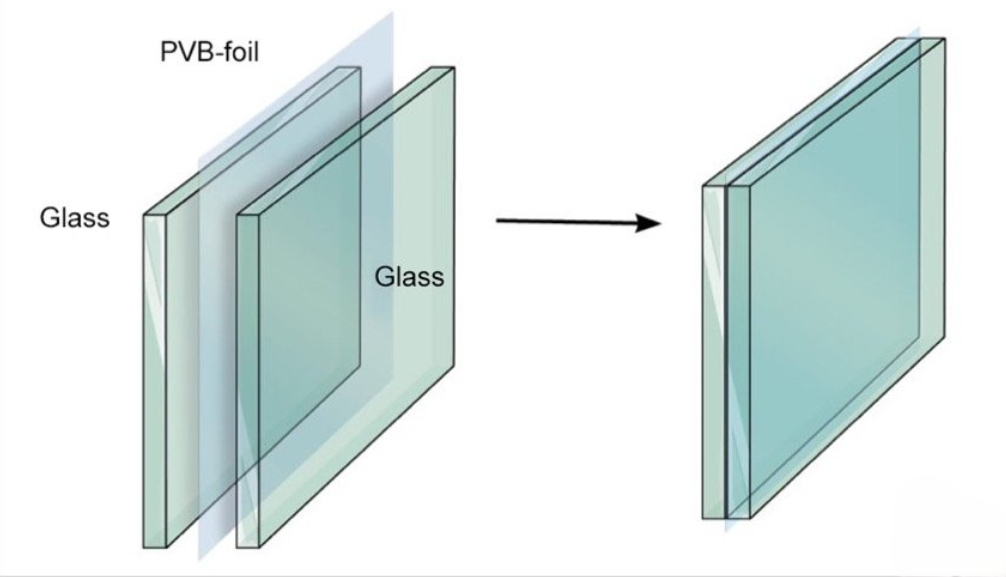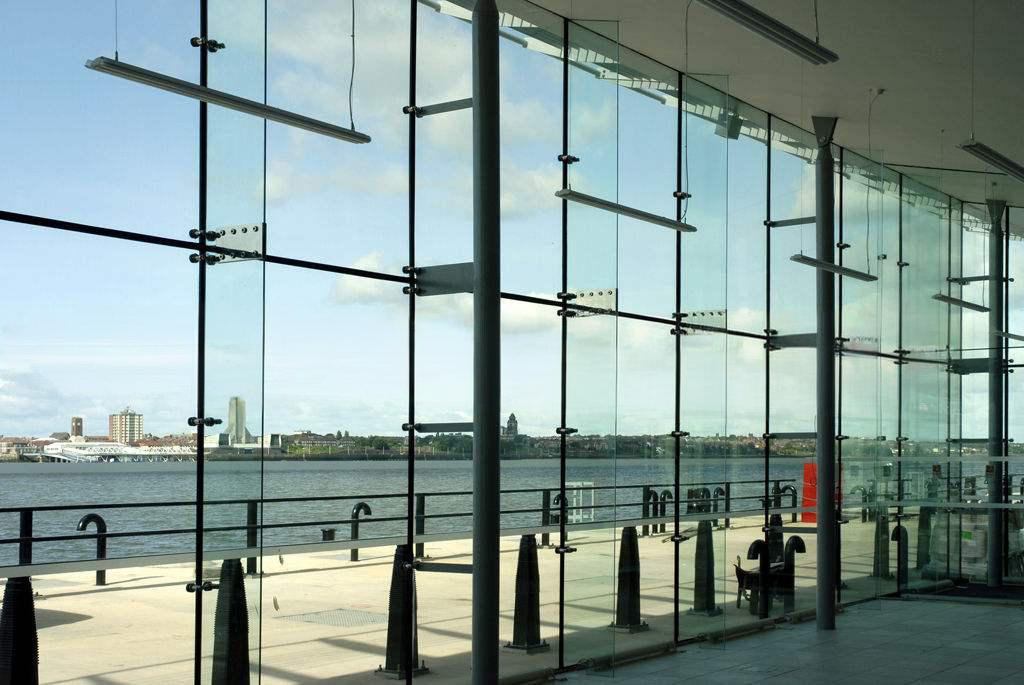Have you ever wondered how modern buildings keep noise out while using large glass windows and walls? One of the secrets lies in a smart material called PVB interlayer film.
Used in laminated glass, PVB interlayer film not only adds strength and safety but also plays a big role in sound insulation. This blog explores how it works, why it’s important, and where it’s used in real-life buildings.
Understanding PVB Interlayer Film: The Silent Hero in Laminated Glass
PVB (Polyvinyl Butyral) interlayer film is a special plastic layer placed between two pieces of glass. The glass and film are heated and pressed together to create laminated glass. This process bonds the glass and film tightly, so they act as one strong unit.
Laminated glass is used in cars, buildings, and public areas because it’s safer and stronger. But one benefit people often overlook is how PVB interlayer film helps reduce noise.

How Does PVB Interlayer Film Block Sound?
Sound travels in waves. When sound hits a surface like plain glass, it passes through easily. But when that glass has a PVB film inside, the film absorbs some of the sound energy, making it harder for noise to pass through.
PVB interlayer film works in these key ways:
1. Dampens vibrations: The film is soft and flexible. It absorbs the energy from sound vibrations.
2. Breaks sound transmission: The layered structure disrupts the path of sound waves.
3. Reduces resonance: Glass normally vibrates when sound hits it. The PVB film reduces this movement.
The result? Quieter indoor spaces, even when outside traffic or city noise is loud.
Studies show that PVB laminated glass can reduce sound by up to 32 decibels (dB), depending on glass thickness and the number of layers used. For example, a standard 6.5 mm laminated glass with a single PVB interlayer reduces noise by around 30 dB. That’s enough to cut loud traffic noise (around 85 dB) down to normal conversation level (about 55 dB). For schools, offices, or apartment buildings, this kind of sound control is a game-changer.
Why Is Sound Insulation Important in Buildings?
Today’s buildings are designed with more glass for natural light and aesthetics. But more glass can mean more noise—unless the right materials are used.
1. PVB interlayer film helps meet modern building needs by:
2. Improving comfort: Less outside noise means quieter, calmer rooms.
3. Supporting privacy: In offices or meeting rooms, glass with PVB film keeps conversations private.
4. Meeting regulations: Many cities now require sound insulation standards in buildings.

Where Is PVB Interlayer Film Used?
You’ll find laminated glass with PVB interlayer film in:
1. Skyscrapers and office towers
2. Schools and libraries
3. Hospitals and clinics
4. Hotels and apartments
5. Airports and transportation hubs
It’s also used in double or triple glazed glass systems, where multiple glass layers are sealed together for better performance.
Why Choose Quality PVB Interlayer Film?
Not all interlayer films perform the same. High-quality PVB interlayer film provides:
1. Better acoustic damping
2. Long-term clarity and weather resistance
3. Consistent thickness and adhesion
4. Compatibility with various glass types
Poor-quality films may turn yellow, bubble, or de-laminate over time, which hurts both performance and appearance.
Partnering with Xiaoshi Technology for Quality PVB Interlayer Film Solutions
At Xiaoshi Technology, we specialize in high-performance PVB interlayer films for building and glass processing industries. Here’s what sets us apart:
1. Wide product range: We offer PVB films with different thicknesses and acoustic ratings.
2. Reliable supply: With years of export experience, we deliver globally with on-time service.
3. Custom solutions: We support your design and performance needs for both safety and acoustic glass.
4. Expertise in lamination: Our films are compatible with EVA, SGP, and other interlayer systems.
We help architects, contractors, and glass processors find the right solution for sound insulation and more.
PVB interlayer film is more than just a safety feature—it’s a key material for soundproof glass in modern architecture. As glass continues to shape the way we build, materials like PVB will become even more important.
Whether you're designing a quiet hospital room or a peaceful high-rise apartment, choosing the right PVB interlayer film can make all the difference.
Post time: Jun-26-2025

